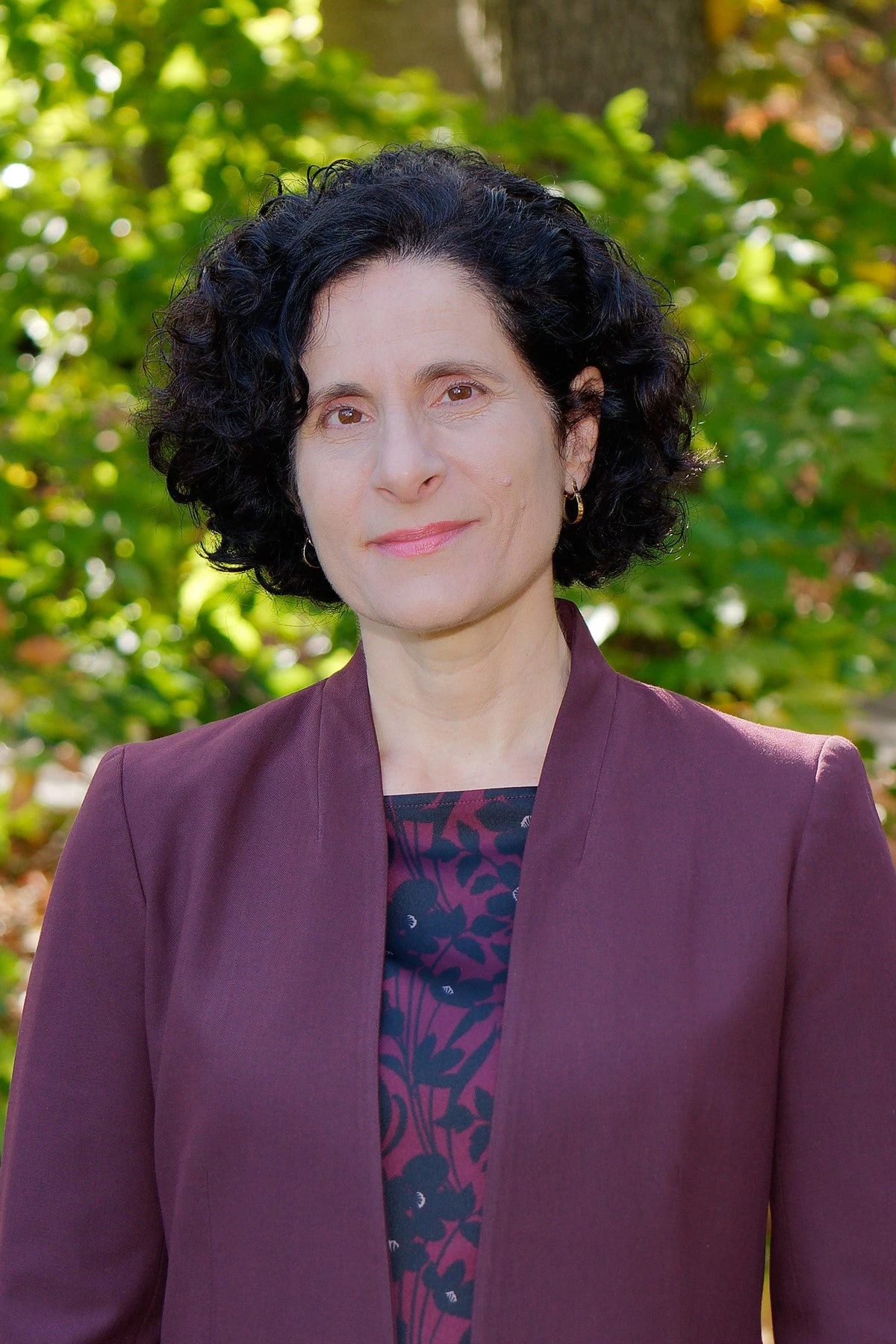 Besides the physical and emotional toll, sexual harassment harms the economy. Photo: Shutterstock
Besides the physical and emotional toll, sexual harassment harms the economy. Photo: Shutterstock
This blog is part of a series of discussions and activities that the World Bank South Asia Social Development team is organizing to mark the 16 Days of Activism, a worldwide campaign to eliminate gender-based violence (GBV).
It's alarming that too many women in South Asia and beyond have come to consider sexual harassment and violence a regular occurrence in their daily lives.
As women, we heard cautionary stories from our mothers, grandmothers, aunts, sisters, and female friends about past sexual harassment episodes, if not brutal aggressions . For many, the fear still lingers when they walk down a street, catch a late metro or bus ride alone, or see someone staring at them from their rear-view mirror.
Sadly, in many countries in South Asia, sexual harassment in public spaces has been normalized and referred to obliquely as eve-teasing , implying that the victim—or temptress Eve—is at fault.
Whether it happens in public spaces or the workplace, sexual harassment is a form of gender-based violence, inflicting harm and stress on its victims and limiting their career or education opportunities . It is also connected to other forms of gender-based violence such as rape and domestic violence.
Besides the physical and emotional toll, sexual harassment harms the economy, driving down productivity and staff morale for female and male workers. It also affects talent recruitment and retention.
Sexual harassment is a form of gender-based violence, inflicting harm and stress on its victims and limiting their career or education opportunities
Recent studies in South Asia confirm these findings. Yet, national figures about the prevalence of sexual harassment are scarce and usually don't measure the impact on women's well-being and society at large . One notable exception is Bangladesh, where a nationally representative survey conducted in 2015 shows that about one-third of women report sexual violence in the workplace as a likely occurrence.
Measuring sexual harassment in public spaces and the workplace poses significant challenges, including underreporting as victims feel ashamed or afraid that they will be blamed —and that their mobility will be further restricted as a result.
Most reports about sexual harassment in urban transport and other public areas are inadequate because of their small sample size and selection bias. But some recent data tells a specific—and distressing—story of sexual harassment in South Asia.
A survey in Delhi found that 66% of all women and girls experienced sexual harassment in public spaces. A 2018 study on public transport in Lahore revealed that 82 percent of women (primarily younger, between 20-29 years) experienced sexual harassment at bus stops, and 90 percent experienced it on buses.
In Nepal, an online survey showed that 98 percent of female participants reported harassment -, and 71 percent reported being harassed while using public transportation.
A new urban household survey in Pakistan (publication forthcoming), conducted by the World Bank, examines sexual harassment posed to adolescent and adult women. The 2019 survey results from Peshawar city show that one in three women has faced sexual harassment in public spaces. Twenty-nine percent of women reported having experienced harassment in the form of inappropriate staring or commenting, 11 percent of women experienced harassment in the form of gestures or actions of a sexual nature, and 8 percent experienced harassment over the phone or digital media.
These figures from Peshawar, Pakistan, are likely underestimated as women withdraw from public spaces for fear of harassment or due to social norms. 84 percent of women in Peshawar city are always accompanied when leaving home . Most women who said they never experienced harassment noted they never or rarely go out alone or are explicitly forbidden from leaving their home.
The threat of sexual harassment hinders a woman's access to mobility, services, and economic opportunities and likely impacts the type of paid work they end up doing . For example, only 13.4 percent of women work for pay in Peshawar city; 54 percent of employed women in Peshawar work from home. When asked what conditions would allow women to work for pay, more than 80 percent of women respondents mentioned working from home or close to home.
16 Days of Activism against Gender-Based Violence brings urgency to preventing and eliminating violence against women and girls.
While data shows that sexual harassment constrains significantly economic development and gender equality, better measurement is needed to guide new policies and programs. According to the report, Women, Business, and the Law 2020, 50 countries do not have any legislation to protect women from sexual harassment. Laws in India and Pakistan tackle sexual harassment in public spaces and at work, including criminal penalties. However, these laws face significant implementation hurdles, including a lack of awareness among most women.
Combating sexual harassment—and any other forms of gender-based violence—will be a long and difficult journey. The global campaign "16 Days of Activism against Gender-Based Violence" brings urgency to preventing and eliminating violence against women and girls.
Join us in the next few weeks as we advocate for progress and share knowledge and innovations to help end the scourge of sexual harassment in South Asia.





Join the Conversation